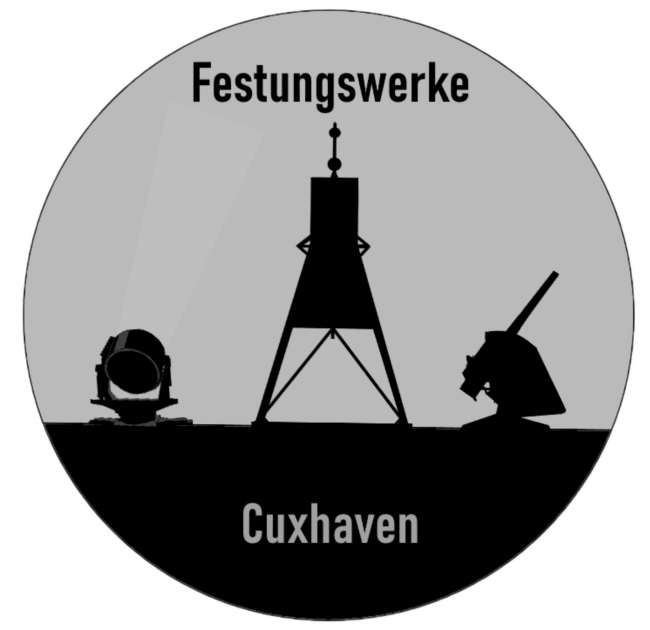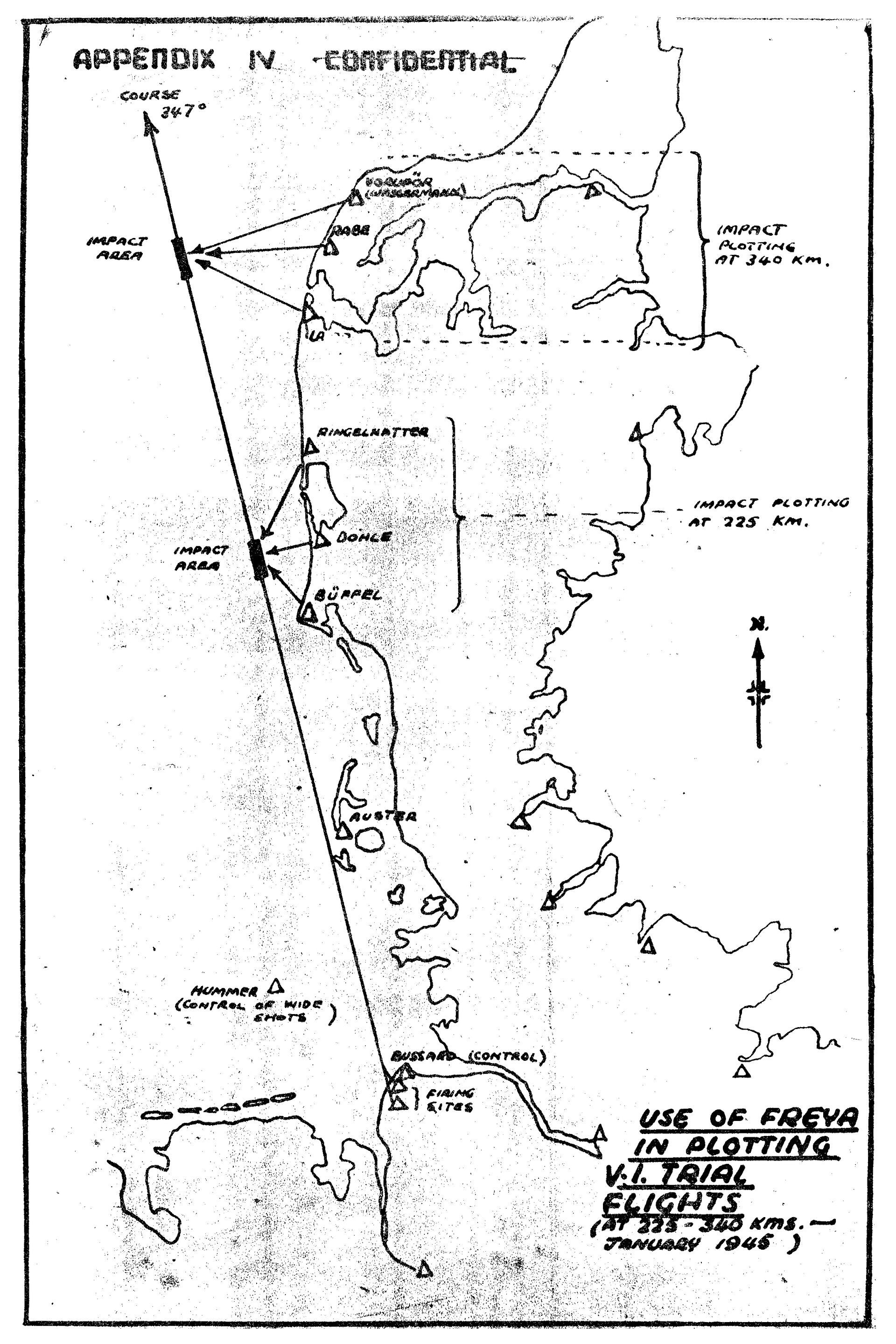
Organized by the British authorities immediately after the end of hostilities in Europe, Operation Backfire aimed to fully investigate the entire V-2 assembly, interview German personnel specialized in all phases, and then actually launch several missiles over the North Sea. "The Allies Learn To Launch an Aero-Ballistic Guided Missile" was a British project, officially called "Operation Backfire," created to teach the knowledge and skills of guided missiles. After the successful completion of the tests, the War Office in London published a five-volume report detailing these operations.Even before the end of hostilities in Europe, the race to discover and capture the secrets of the German missiles had already begun.Considerations included: a safe and capable launch site; facilities; ground support equipment; flight hardware; and a competent and skilled work team. The British chose an abandoned German naval gun site near Cuxhaven on the North Sea coast as the site. Because the site already had radar sites, it was well suited to testing this new rocket technology. In addition, the site already had rail sidings and some of the infrastructure needed for operations. The Cuxhaven area had been used for amateur rocket testing as early as the 1930s.The support tasks of Operation Backfire were enormous, but were carried out relatively expeditiously. For example, it took 2,000 Canadian engineers three weeks to build the V-2 assembly facilities and the test and inspection hangars, including a 300-foot-long facility complete with a 10-ton overhead crane. The Canadians had succeeded in building a vertical checkout stand for the launch facility from parts of a military Bailey bridge within two weeks.The final days of the V-2 Division led to the formation of the Altenwalde Versuchskommando (AVKO) for Backfire testing. These were a group of captured V-2 field troops - men who had used V-2s in combat and had the most practical knowledge of field logistics and operations. On the morning of July 2, 1945, the Germans were taken to the nearby British camp at Altenwalde. All that remained of the former Krupp weapons testing facility was the building and shop complex. After a thorough cleaning, the former Kriegsmarine barracks offered friendly and comfortable accommodation, especially compared to the earlier camps in Belgium. In the surrounding sheds they found some badly damaged tools and equipment that had belonged to the previous facility. The Germans had already been told of the plans to modernize the workshops and equipment in preparation for the upcoming British tests, but it was certainly clear that new purchases would have to be made before any visible work could be done. With great difficulty, Major Matheis organized the operational management of the V-2 troops. There was literally nothing at their disposal. Pencils were few and the men were forced to make their own rulers and compasses. The Germans, however, wanted to start quickly, thinking that the sooner they completed their tasks, the sooner they could be released to see their families. In reference to the former jargon of wartime batteries, the group took the name Versuchskommando Altenwalde (AVKO). The group's commander is German Lieutenant Colonel Weber, former commander of Artillery Regiment (mot.) 901 (Battalion 836), Division zV, Group South. The name of the British project is given as Operation Backfire. The V-2 men were supplemented by the necessary numerous auxiliary workers who came from the 736th labor camp. At the end of July the command was considerably expanded by the intake of large numbers of civilians. AVKO had recruited numerous scientists and specialists from Peenemünde and the Mittelwerk to supplement the existing workforce. Director Lindenberg and Professor Wierer ran the technical workshops, while Arthur Rudolph headed the manufacturing department. All departments were under the supervision of the British Technical Team, a group of selected experts in key disciplines. Eventually a nearly identical arrangement was reached, reflecting wartime technical, manufacturing and operational procedures. Difficulties between the plants were quickly resolved as the Germans recognized the need to achieve the common goal. When members of the V-2 Division arrived at Altenwalde, they came as prisoners of war. However, on July 20, 1945, the commando was given the status of "Disarmed German Personnel" and placed under the direction of its own commanders. They were allowed to move freely and received military pay from the British for their services, with the promise of additional pay upon completion of their work in Cuxhaven. Although their work had begun under the poorest of conditions, it was not long before conditions improved. A spacious assembly hall and an impressive test tower were just some of the improvements built by Royal Engineers. Near the actual firing range, which lies in the forest just off the coast, extensive work was carried out to build new concrete roads. Large concrete bunkers for fire control and observation are also being built at this site. Every day at 5:00 p.m. the siren announced the end of the shift after a hard day's work. The men streamed out of the offices and shops and walked down the road to their quarters. The camp became "home." This feeling was reinforced by those who were allowed to travel to other areas of war-torn Germany on official business. In Altenwalde, a place spared from the storm of war, they felt a sense of community. In September the Germans' work ended with the production of a total of eight V-2 rockets. The date of the first firing was announced as September 27, 1945. As the day approached, everyone felt a nervous tension. The first rocket was towed to the launch position a few days before launch. It was housed under a camp tent and guarded by a British special guard.After a few days' delay, the first rocket was finally ready. October 1, 1945 dawned with gray skies and increasing tension in the camp. Everyone wondered if the launch would take place today. The English officers expressed their doubts, but an attempt was made anyway. The results were unsatisfactory. After two failed ignition attempts, the rocket had to be unloaded. The German fire crews, however, were not discouraged. The fire crews had experienced many such delays during wartime operations; nevertheless, some British officers condemned the device as too complicated. October 2, 1945, was a beautiful day with sunny skies. Confidence was high and the launch went perfectly. The rocket rose through burnout into the blue sky. Joy and emotional relief swept the German command. Added to this was the enthusiasm of the British soldiers. A sincere thank you was expressed to the soldiers of the V-2 Division. In the summer of 1945, British authorities initially assumed that at least thirty V-2 rockets would be assembled for the Backfire tests near Cuxhaven in Germany. However, due to the shortage of materials, only eight rockets were assembled and of these only three were launched. If the rumors circulating in July 1945 are to be believed, more than 200 V-2 rockets were transported to Altenwalde and the surplus material was sunk in the bay after the tests were completed, but documents confirming this have not been found far. After the tests were completed, the former men of the V-2 Division returned to German society to start a new life.
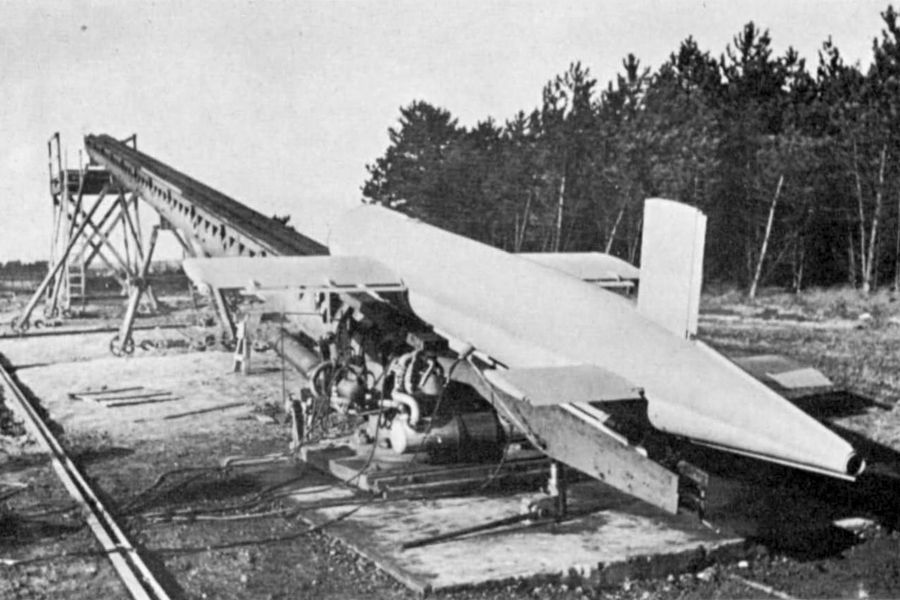
A Blohm & Voss BV 143 glide bomb on a Walter Rohrschleuder Type 1 at the Altenwalde Marine Artillery Shooting Range. Source: public domain
At the end of 1944, the Soviet Army, which was advancing ever further towards Reich territory, forced parts of the V1 test facility in Karlshagen-Penemünde/MV to be relocated with equipment, personnel and scientists to the firing range in Altenwalde. In February 1945, under the leadership of the Waffen-SS, tests began with the F1 version of the Fiessler 103 (Vergeltungswaffe 1) with an increased range. The launch pad required for these tests was built in late autumn 1944 with an orientation of 312°. Over the mudflats, the flight direction was changed to a course of 347° using the contact drive on the control unit. The test models had a deliberately staggering, wave-like flight movement, which was intended to make it more difficult for enemy fighters to shoot them down. At the time, the launch of a single V1 cruise missile cost 119,600 Reichsmarks. The target flight direction was along the Danish coast so that the tests could be monitored from there. The test ranges were 225 km and 340 km. In these areas, the descent could be tracked and measured from several stations on the mainland. The measuring devices from the various night fighter zones of the Kammhuber Line, along the North Frisian and Danish North Sea coasts, were used for this. However, there were several misfires that crashed to the ground shortly after takeoff, much to the detriment of the surrounding farmers. Crashes often resulted in wildfires that affected their pastures and fields. A Fiessler Fi 103 is said to have not flown north after takeoff, but headed towards Bremervörde. At some point it turned around and came back to Altenwalde, where it crashed to the ground nearby. After the war, contemporary witnesses repeatedly reported the distinctive engine noises of the V1, especially when the units were running on the test bench. Up to 29 of the flying bombs are said to have been stored at the Altenwalde firing range by the end of 1945. The test stand with the catapult was located near the former fire pond of the west gate. The German army later operated its Scheibenhof site administration here. A building in which components of the V1 were assembled at that time still stands today. However, due to various renovation work, there is no longer any evidence of the time of rocket research at this location. SS Obergruppenführer Hans Kammler was probably in charge of this series of tests in Altenwalde.
Apparently there were other launching catapults in the area of the Altenwalde firing range. According to the Allies' analysis in September 1945, this does not seem to be ruled out according to this drawing (Firing Sites). However, the exact locations are not known.
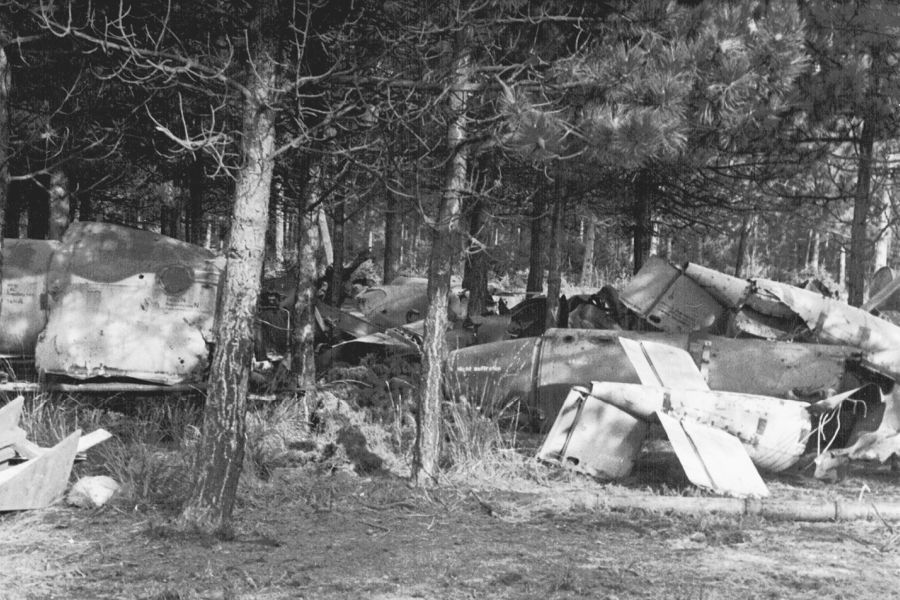
Various rocket remains after the end of the war in a forest at the west gate, on the right a rear wing of a Fiessler Fi 103 (V1). Source: http://www.v2rocket.com
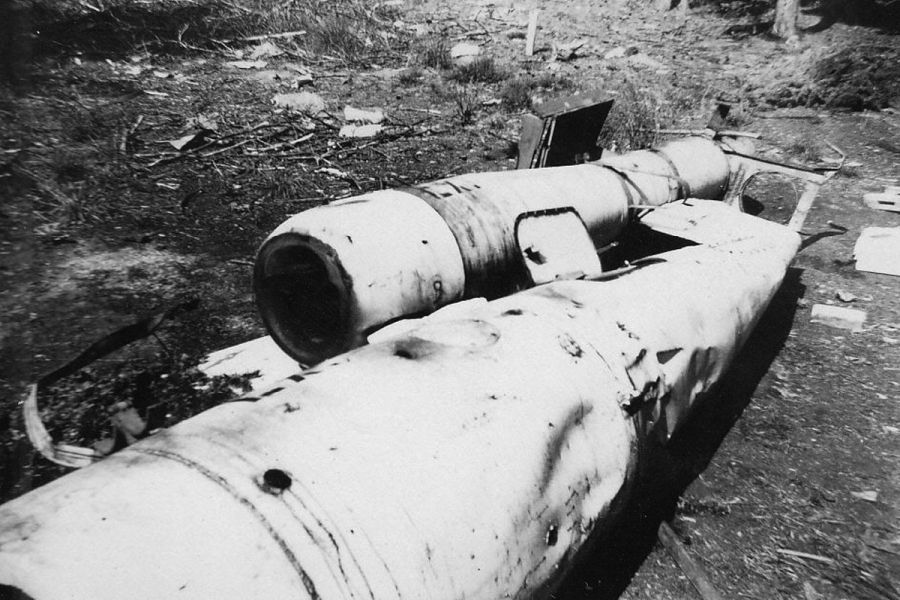
Further remains of a V1 in the adjacent forest area of the test site.
Those: http://www.v2rocket.com

The destroyed catapult of the test facility in Altenwalde.Source: http://www.v2rocket.com


